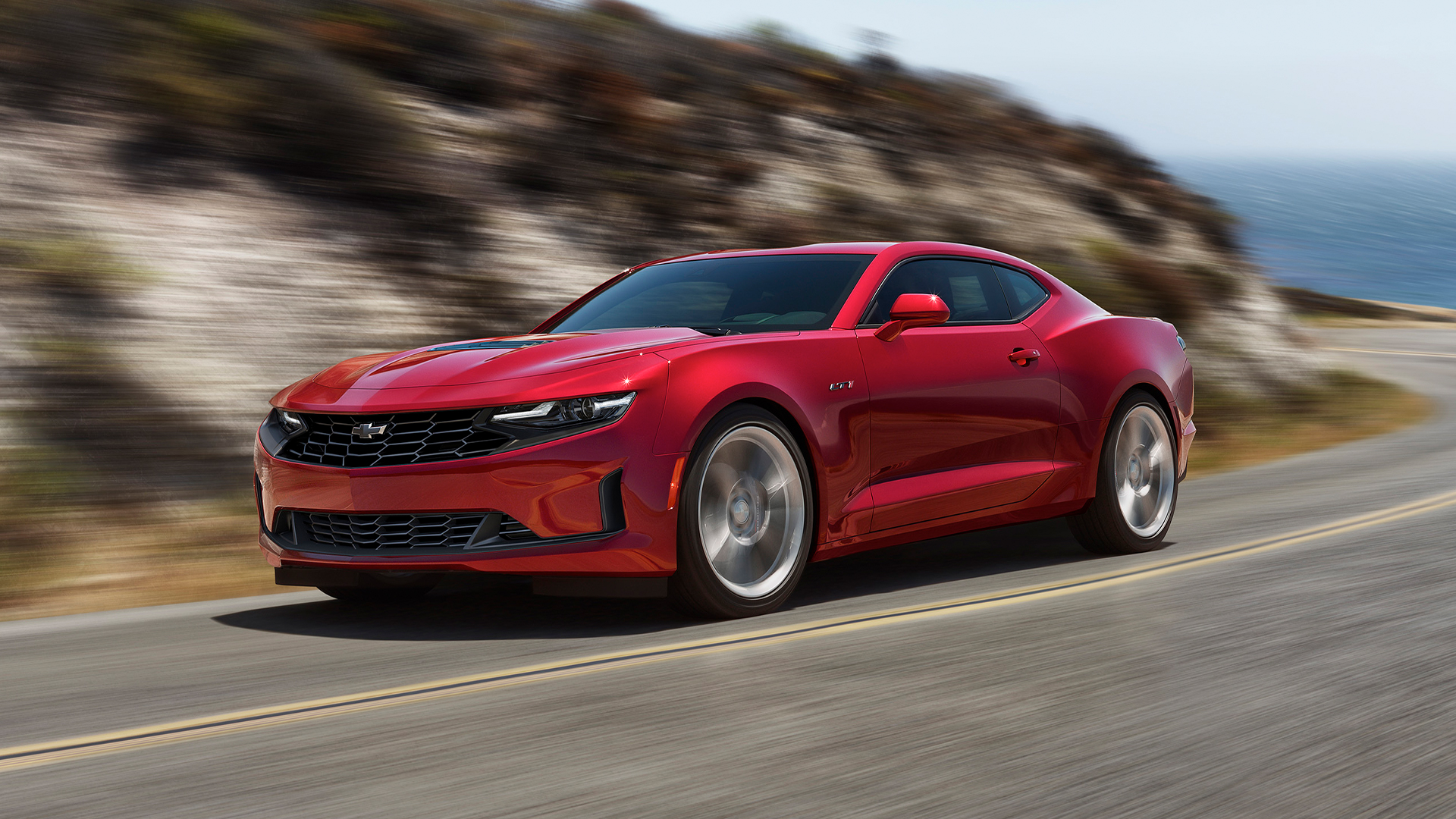

It felt like a big blow when the global chip shortage forced General Motors to stop building the Chevy Camaro, along with a few Cadillac sedans, back in March. The auto giant’s Lansing Grand River facility was shut down for roughly a month and a half but restarted on May 3 despite the semiconductor supply chain issues still looking bleak. What’s worse is the plant has since shut down again, for the most part, and doesn’t plan to re-open until the end of June.
As various local outlets including WLNS 6 News report, GM temporarily closed down its facility on Monday and plans to keep it that way through the week of June 28. The reason why is nothing new—automakers still can’t get the chips they need to complete production units, forcing them to build cars part-way and park them for weeks or stop production completely. In the case of the Chevy Camaro, Cadillac CT4, and Cadillac CT5, GM has chosen the latter route.

While no good car fanatic likes to think about enthusiast models hanging in purgatory, it makes the most sense for GM to sideline the Camaro as well as its rear-wheel-drive Cadillac siblings. Compared to the company’s SUV and crossover offerings, the models built at Lansing Grand River move off dealer lots at a snail’s pace; demand just isn’t the same for coupes and sedans.
GM will, however, “support limited 2022 model year Cadillac Black Wing pre-production volume in June” at Lansing Grand River.
A few other Chevrolets, namely the Equinox and Malibu, have also been hit incredibly hard by the chip shortage. An Automotive News report claims that those two account for roughly half the units GM has missed out on manufacturing during this parts shortage.
The main focus, then, should be on keeping family haulers like the Chevy Tahoe as well as the do-it-all Silverado pickup rolling off assembly lines. That’s what’ll help GM’s bottom line—more so than using what few semiconductor chips it does have on low-selling sports cars.
Although GM’s most recent first-quarter revenue was down from 2020—$32.5 billion compared to $32.7 billion—its profits improved drastically. Net income climbed to $3 billion for the first three months of 2021 while during the same stretch last year, that number was way lower at $0.3 billion. In order to fund all those new battery plants, GM will have to play its cards right and capitalize on what sells best.
Got a tip or question for the author? Contact them directly: caleb@thedrive.com